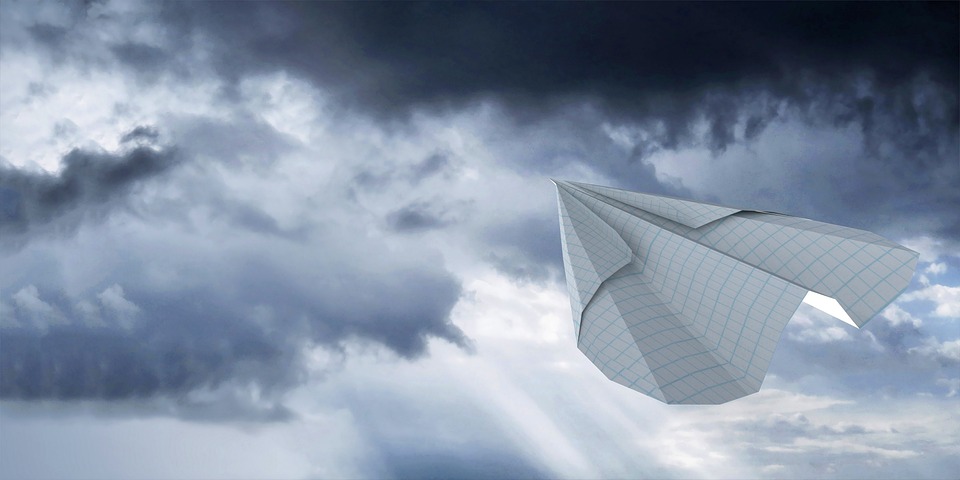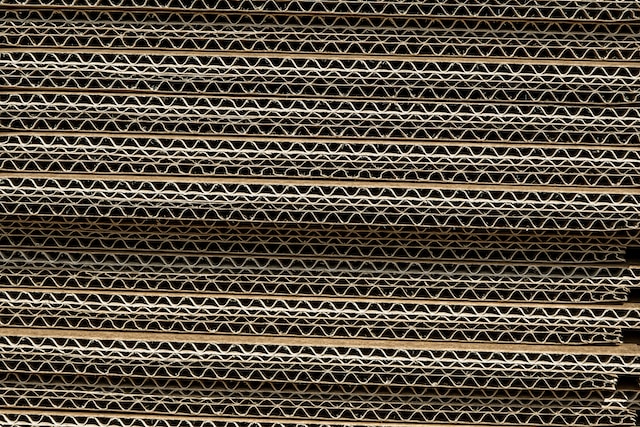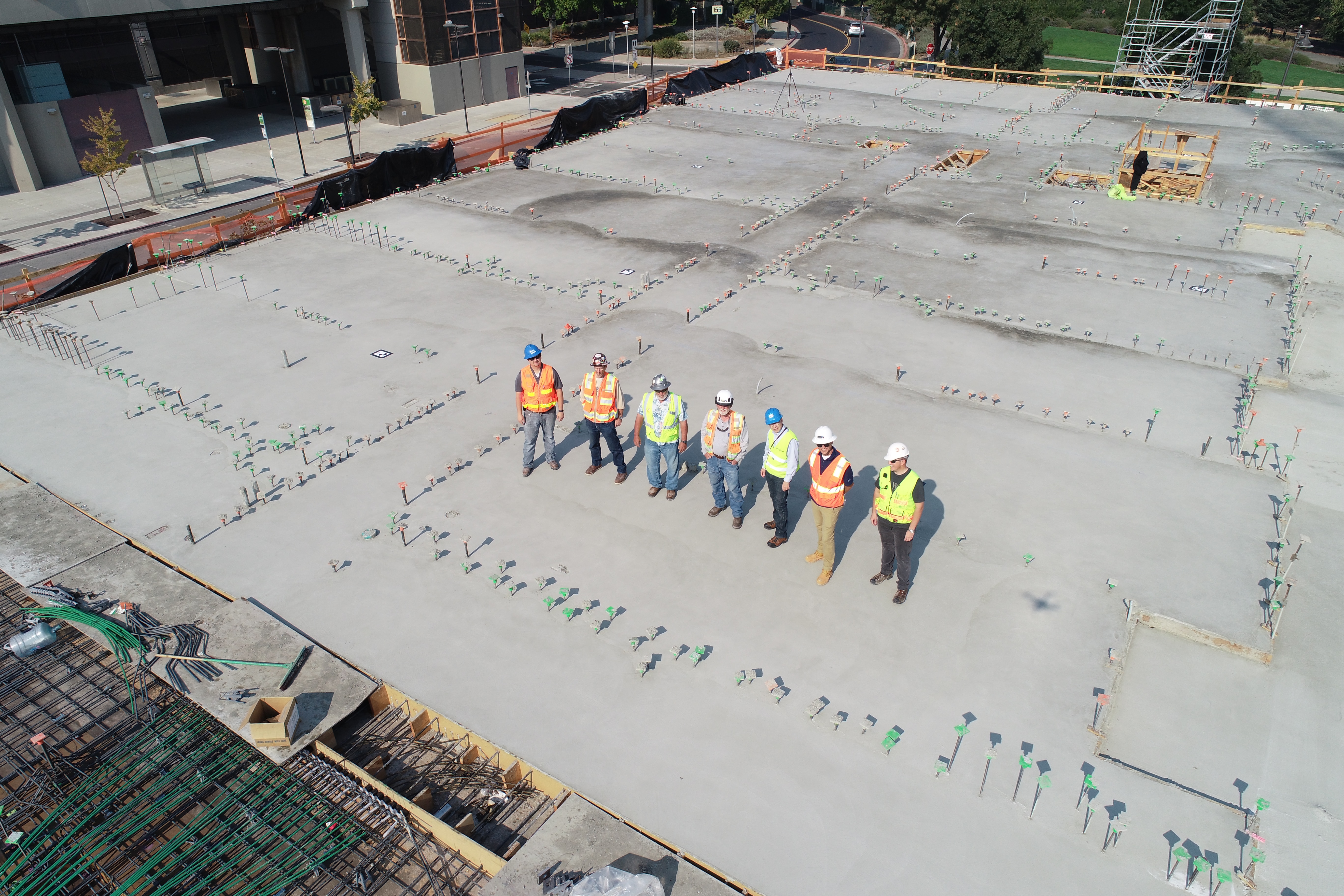As a child, we all made and flew paper planes. All you have to know is how to fold the paper, and you can fly a plane in a few seconds.
How you fold a paper airplane determines how fast or far it goes. The best design is obtained through a lot of trial and error.
But have you ever wondered what makes a paper plane fly?
Well, a group of engineers at CREATE Lab (Computational Robot Design & Fabrication Lab), EPFL, in Switzerland are working on finding the relationship between a folding pattern and flight.
The team developed a robotic system that can fabricate, test, analyze, and model the flight behavior of paper planes. This robot has an arm with silicone grippers to build and fly paper planes without human intervention.
The team made the bot construct and fly 500 paper planes with different patterns to observe their trajectories, which were recorded via a camera.
Once the team observed all 500 flights, they found that their trajectories could be divided into three behavioral groups.
Some designs nose-dived, which means a short flight distance. Some glided at a consistent and relatively controlled rate, covering a longer distance. The third type was recovery glide, where the paper planes had the longest flight distance while staying at a certain height above the ground.
The researchers observed that airplane flight trajectory behaviors are complex that cannot be solved analytically. Even if you fold a paper the same way each time, it doesn’t guarantee that it’s going to fly the exact way.







